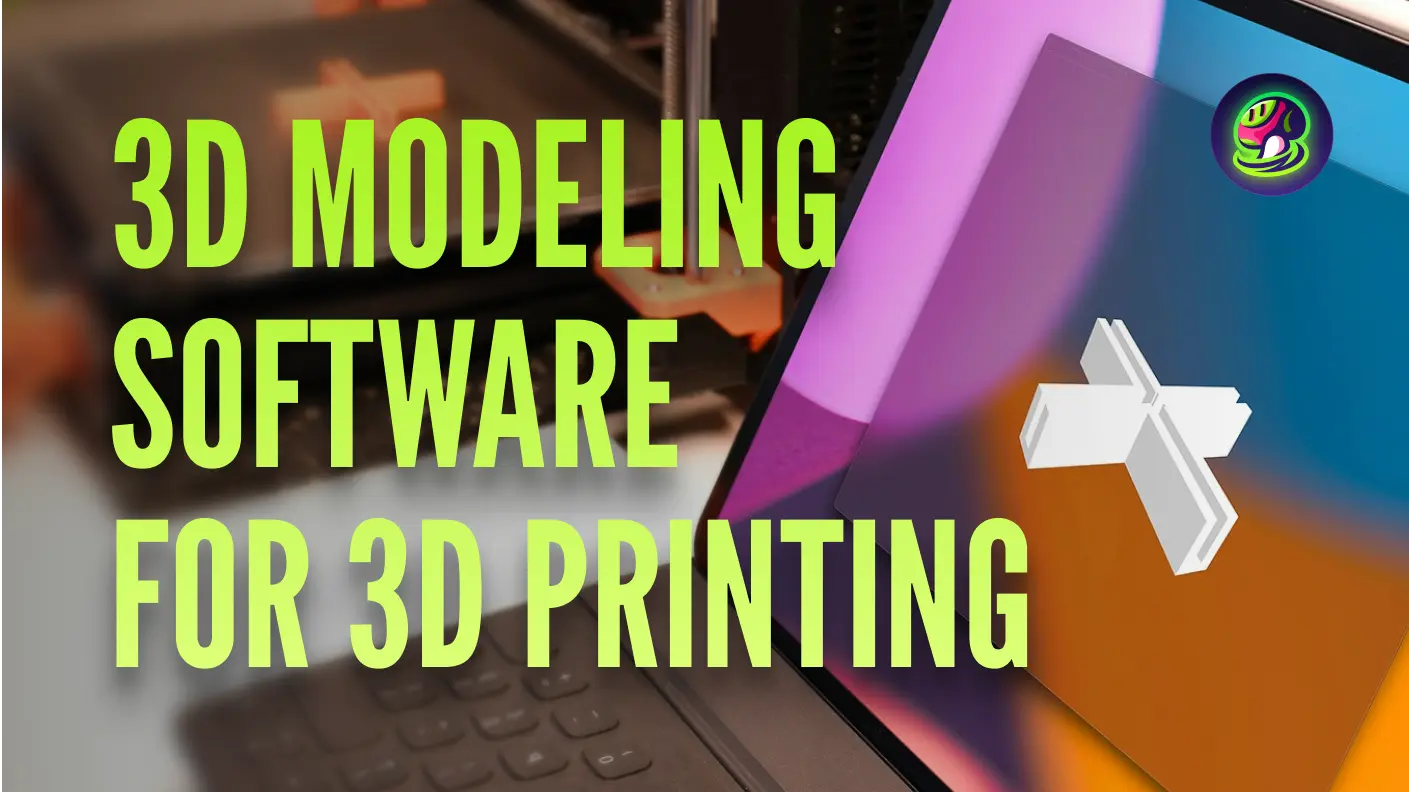From gaming to architecture, virtual and augmented reality holds incredible promise to transform how we experience digital spaces. But bringing imaginative VR/AR environments to life requires intricate 3D modeling craftsmanship...until now.
![]()
Here's the fascinating thing: AI has recently achieved the capability to automatically generate detailed 3D models simply from textual descriptions or 2D image inputs. This eliminates inefficient manual effort while unlocking new creative horizons.
Let's explore how this emerging technology works and how it stands to shape the future of immersive computing across industries.
Teaching AI the Ins and Outs of 3D Modeling
The key that makes AI-based 3D model design possible is deep learning. For example, Nvidia researchers trained an AI called GauGAN on hundreds of thousands of landscape images paired with segmentation maps locating elements like skies, trees, and grass.
Over time, GauGAN learned to analyze basic visual attributes in input images and output realistic landscape paintings. Now, new systems apply similar deep-learning techniques to dissect and reconstruct 3D objects.
By exposing an AI model to tons of 3D model training data over months or years, it begins detecting intricate patterns and relationships between shapes, textures, lighting, and more. Given a new text prompt or image, it then intelligently combines learned 3D components to match the description or visual cues.
In this way, the AI feigns real subject matter expertise — no actual 3D modeling know-how is required!
Opening the Floodgates of Experimentation
This AI breakthrough has immense implications for streamlining how 3D worlds are designed. Instead of manually sculpting each asset, developers can simply prompt an AI 3D model generator to create arrays of 3D models, characters, and scenes unique to their needs.
Gone are the days of resource-intensive VR/AR environment modeling and painstaking revisions. Game design AI now moves closer to a fast-iteration design workflow that encourages boundless experimentation.
Even novice creators gain a newfound ability to craft pro-quality 3D assets by describing desired models in their own words rather than learning specialized 3D software. This democratization effect unlocks life-like VR/AR worldbuilding for anyone ready to imagine original concepts.
Photorealistic Recreations from Ordinary Images
Incredibly, some AI modelers can reverse engineer 3D interpretations from standard 2D images, too. Convert 2D images to 3D using AI techniques to analyze qualities like lighting, textures, contours, and shadows to estimate real-world geometry.
![]()
Though AI's estimation usually still requires cleanup, it lifts the heavy lifting of 3D form — finding from any inspirational reference image. This photo reconstruction approach opens effortless gateways to replicating existing environments in VR/AR.
Say you want to model a VR experience of the Eiffel Tower after a postcard you purchased in Paris. Rather than manually plotting its intricate steel struts from scratch, simply feeding the image to an AI 3D modeler. Moments later, an intelligent recreation of the landmark emerges, ready to import into your virtual Parisian plaza!
AI-Generated Characters Come to Life
Possibly the most astounding application is AI synthesizing whole 3D characters automatically. You simply describe attributes like costumes, poses, sizes, and emotions, and sophisticated systems like AI character generator Meshydynamically render matching 3D humans or mythical creatures in seconds, which can then be shared in their active community where creators exchange ideas and collaborate.
![]()
As virtual spaces grow more centered on social presence over lifeless backdrops, tools that effortlessly generate avatars and figures to inhabit those worlds hold incredible value. They alleviate massive artwork burdens that otherwise hinder the development of metaverse ecosystems and populated virtual worlds.
This points to a future with infinitely diverse, bespoke virtual beings at our fingertips. And like other AI modelers, capabilities scale easily - produce 1 or 1000 unique characters simply by writing more descriptions.
Market Growth Mirrors the Hype
![]()
Given these transcendent creative implications, VR/AR industries expect soaring growth trajectories in the coming years. One 2021 IDC forecast predicts AI-generated game assets and content tools alone will balloon into a $7 billion market by 2025.
With virtual worlds projected to soon approach mainstream viability, early movers establishing ecosystem footholds today will surely reap substantial rewards tomorrow.
Yet, while societal uptake remains relatively measured, cultural questions around the appropriate use of cases for generative AI still abound. Can tools amplifying individual creativity simultaneously devalue broader human craft? How do perceptions around computer-produced art evolve?


